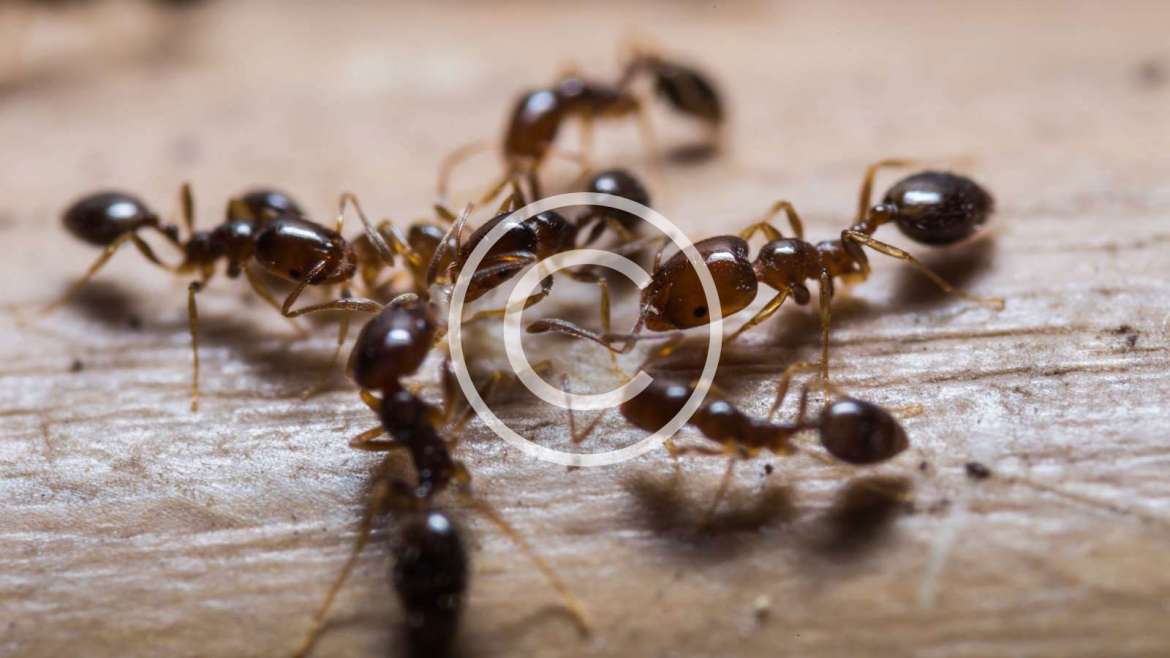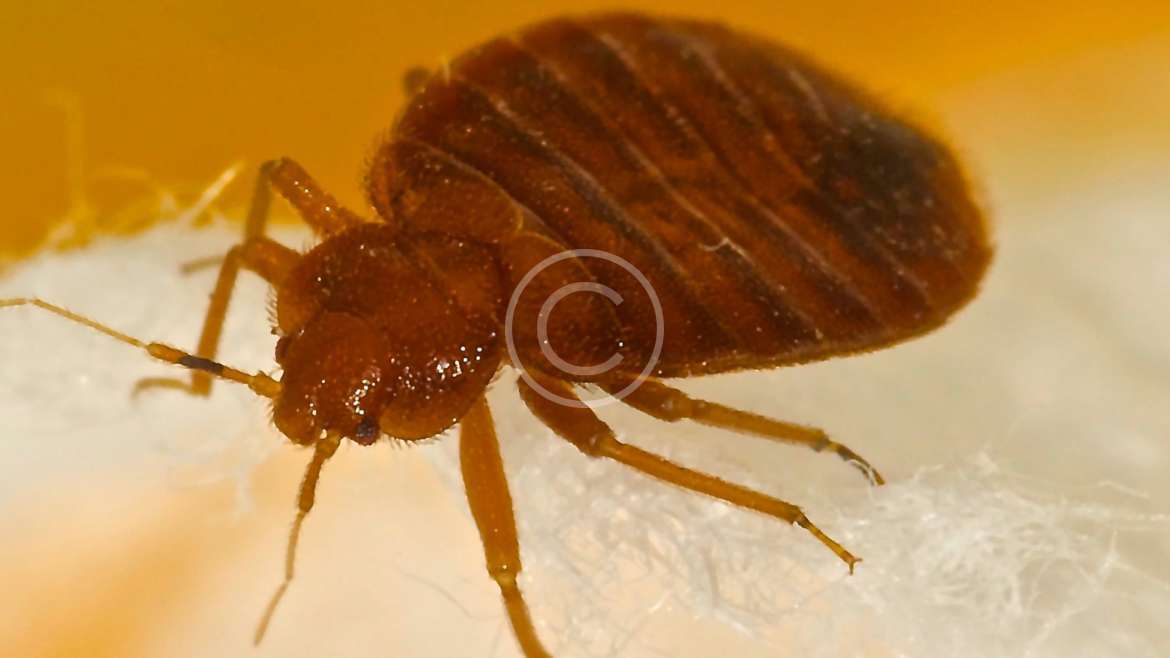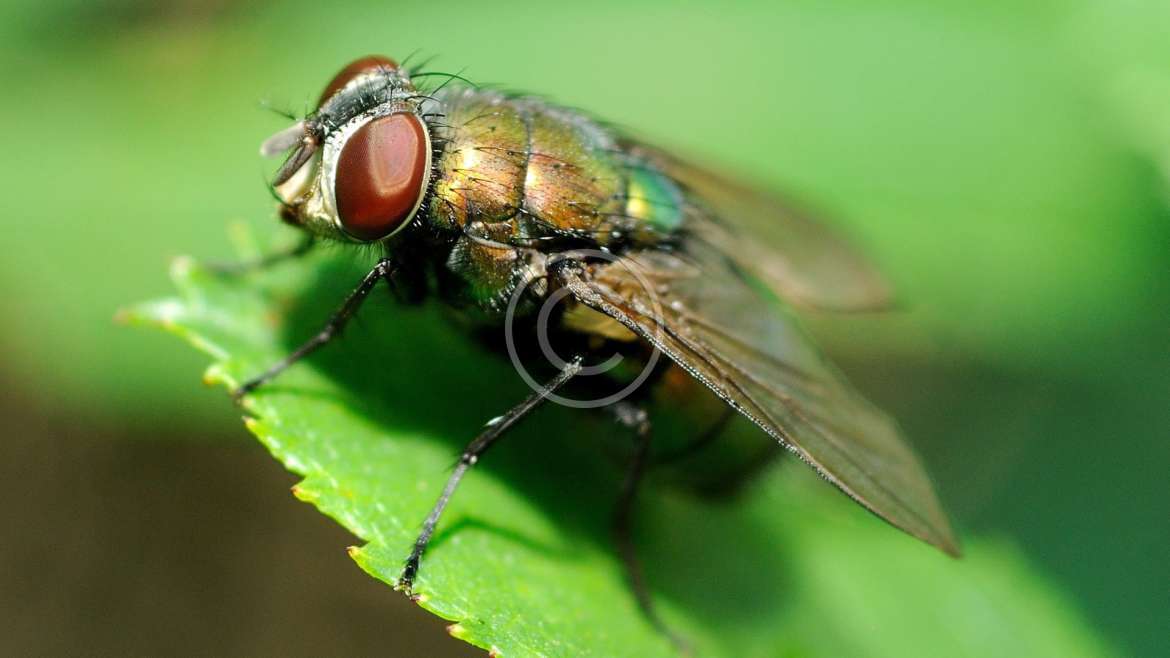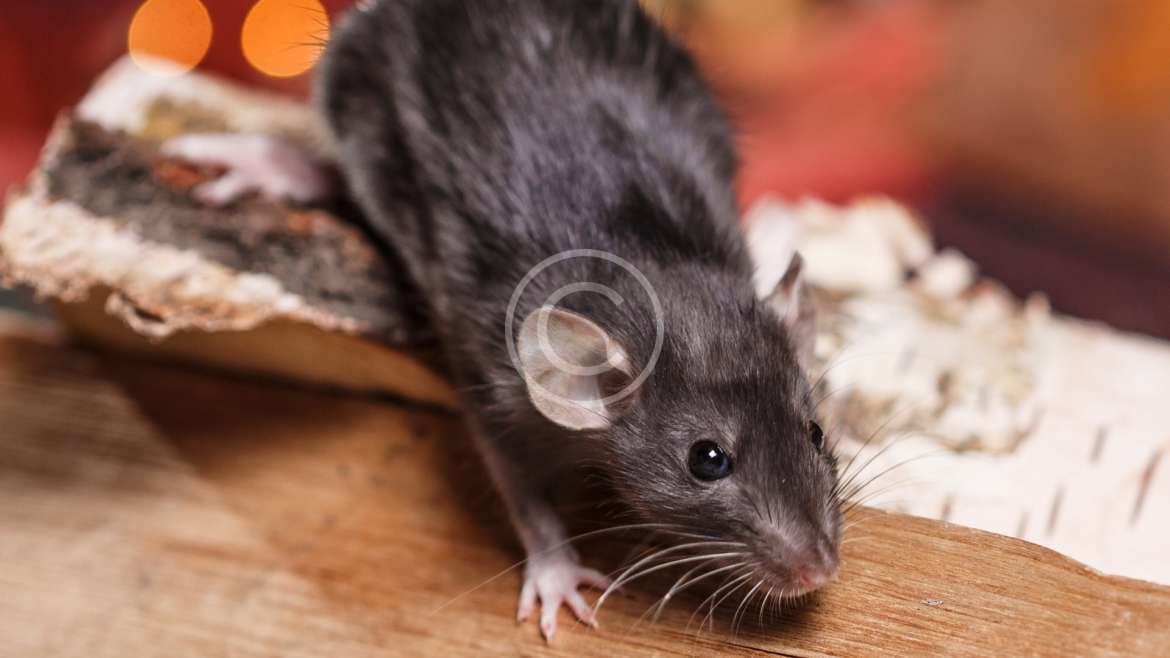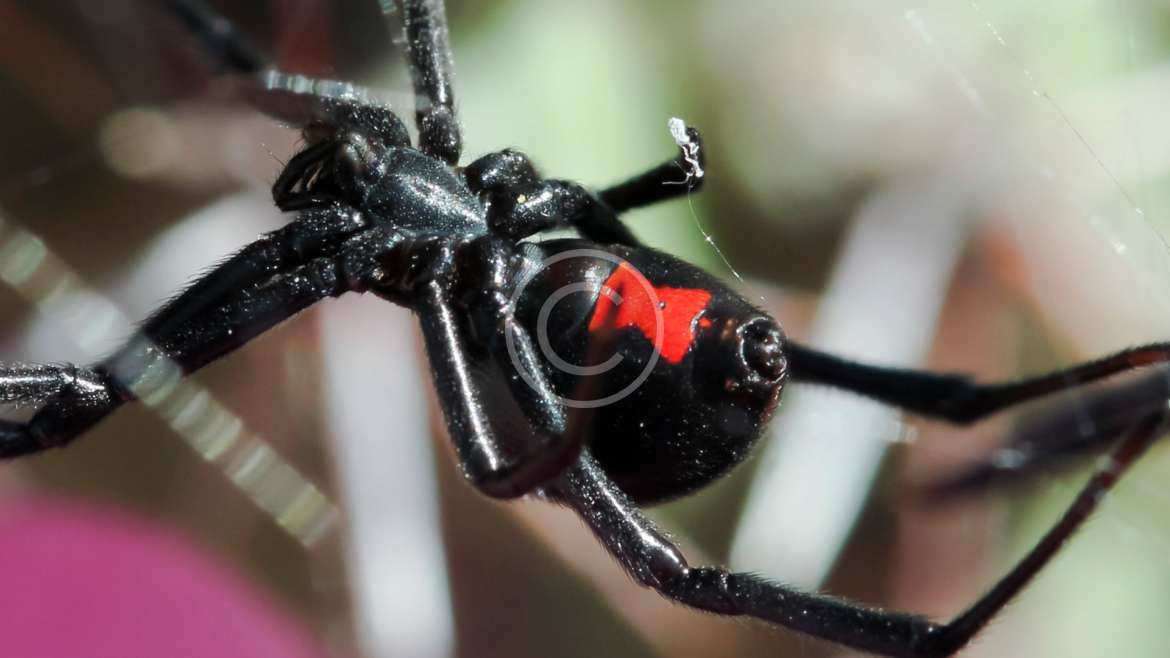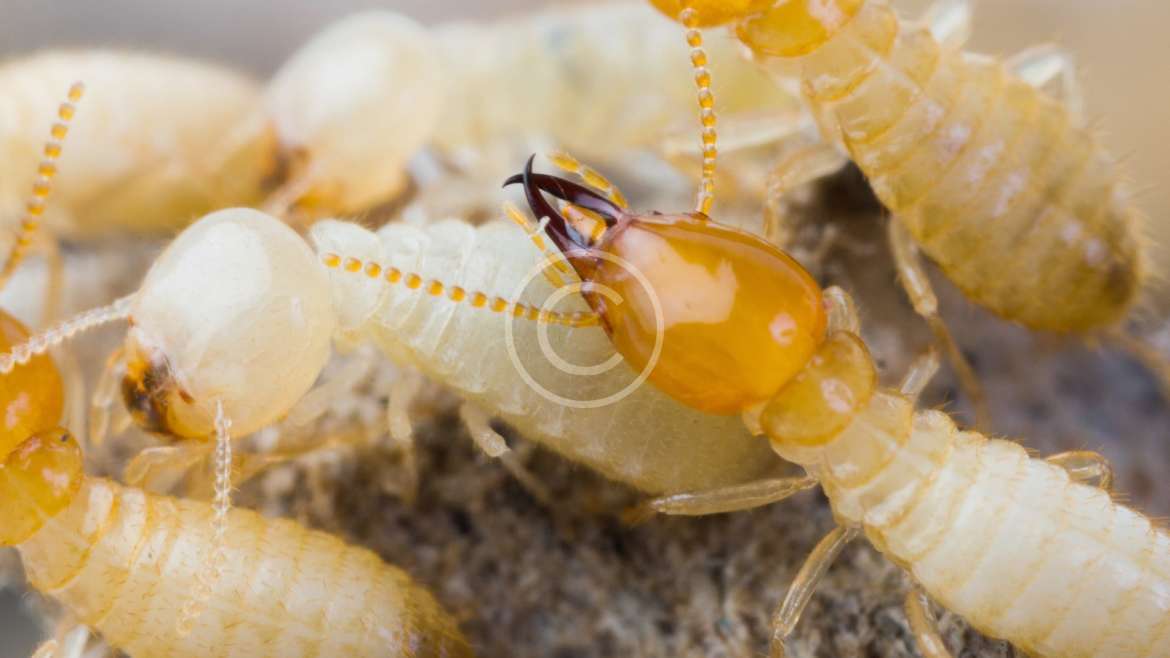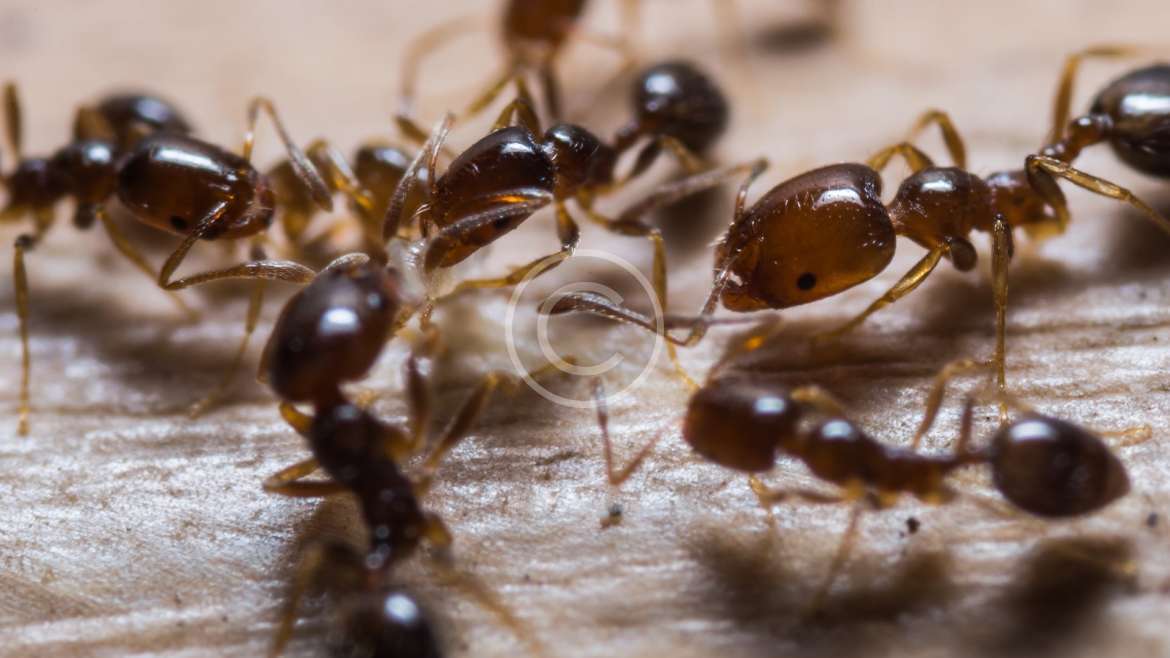Appearance
Container flies, likewise called blow flies, are normal, huge flies known for their metallic blue or green shading.
Conduct, Diet and Propensities
These flies make a humming sound while flying and are scroungers that feast upon rotting meat or natural substances. They are transmitters of illnesses and are thought to be vermin.
Containers flies are ordinarily discovered outside. On the off chance that countless flies is found inside, an indoor reproducing site may have been set up. To dispense with jug flies, it is essential to execute stringent sanitation measures, which incorporate cleaning refuse compartments and ensuring that the tops are situated firmly.
Multiplication
A female jug fly can lay in abundance of 2,000 eggs in a lifetime. The eggs are light yellow or dark in shading. Coming about hatchlings measure 9 to 22 mm long and may bring forth inside of a few days, contingent upon temperature. Inside of two to 10 days, hatchlings look for pupation locales, from which they in the end develop as grown-up flies. Jug flies breed in sodden, natural matter, for example, dead creatures.
Jug flies are additionally great pollinators. They regularly fertilize blooms with solid scents, for example, pawpaws and goldenrod. At the point when sustenance sources are lessened, jug flies sustain upon the nectar of these blossoms keeping in mind the end goal to deliver sound eggs.
Indications of a Jug Fly Infestation
The most widely recognized indications of jug flies are either the grown-ups themselves or their hatchlings. The grown-ups may be seen laying on surfaces or humming around potential nourishment or scent sources. The hatchlings may be watched when they creep out of the reproducing material to pupate.

